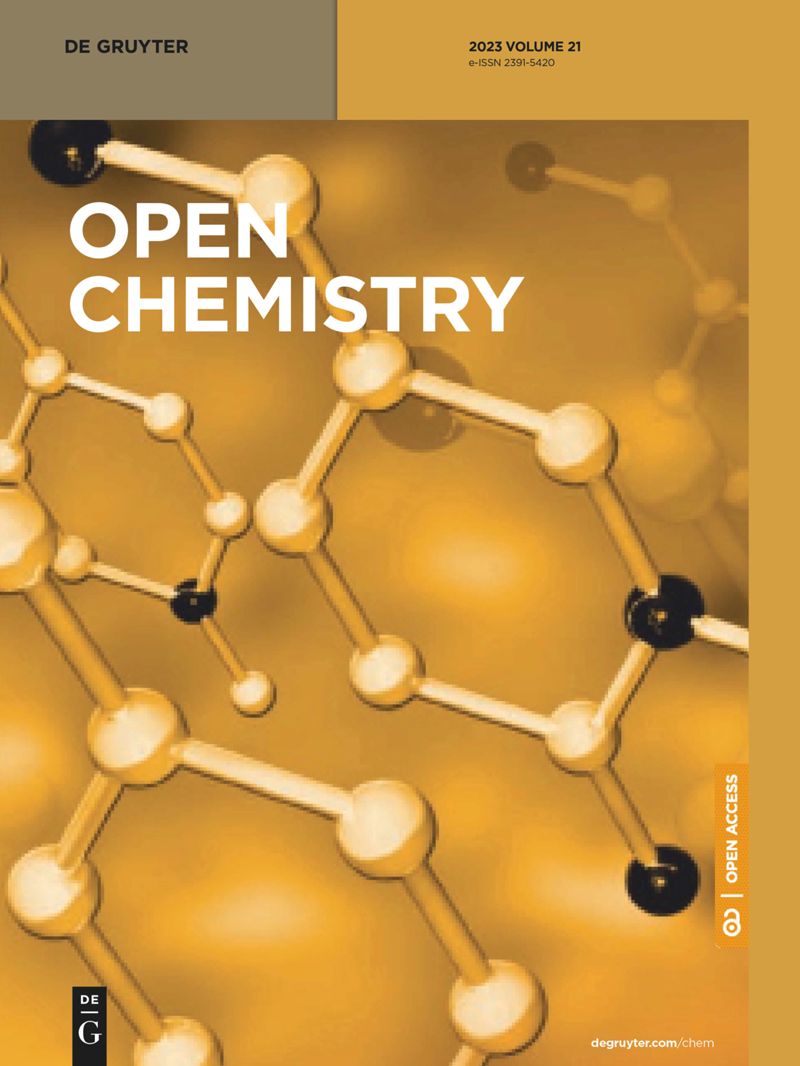Anti-OTC antibody-conjugated fluorescent magnetic/silica and fluorescent hybrid silica nanoparticles for oxytetracycline detection
IF 1.9
4区 化学
Q3 CHEMISTRY, MULTIDISCIPLINARY
引用次数: 0
Abstract
This study presents two alternative fluorescent nanoparticle-based oxytetracycline (OTC) detection methods in milk samples. Rhodamine 6G-coated fluorescent hybrid silica nanoparticles and fluorescent magnetic/silica nanoparticles functionalized with anti-OTC antibodies were used in this test. The sandwich test format was utilized to compare anti-OTC antibody-conjugated fluorescent magnetic/silica nanoparticles with OTC/OTC antibody-conjugated fluorescent hybrid silica nanoparticles in an Eppendorf tube with magnetic separators. The magnetic separator helps to quickly retain all of the OTC captured by fluorescent magnetic core–shell nanoparticles in the milk sample. As a result, the assay time was dramatically shortened. The obtained linear range was 1.34 × 10用于土霉素检测的抗 OTC 抗体共轭荧光磁性/二氧化硅和荧光混合二氧化硅纳米粒子
本研究介绍了两种基于荧光纳米粒子的牛奶样本土霉素(OTC)检测方法。罗丹明 6G 涂层荧光杂化二氧化硅纳米粒子和抗 OTC 抗体功能化荧光磁性/二氧化硅纳米粒子被用于该检测中。在带磁性分离器的艾本多夫试管中,采用夹心试验的形式比较抗 OTC 抗体结合的荧光磁性/二氧化硅纳米粒子和 OTC/OTC 抗体结合的荧光混合二氧化硅纳米粒子。磁性分离器有助于快速将荧光磁性核壳纳米粒子捕获的所有 OTC 保留在牛奶样品中。因此,检测时间大大缩短。获得的线性范围为 1.34 × 10-6 至 2.10 × 10-8 (M)(R 2 = 0.9954),检测限为 4.76 纳克/毫升,总测定时间为 90 分钟。用这种方法测定了牛奶样品中的 OTC 浓度,干扰的最大百分比(%)小于 3.0%,回收率大于 97.0%。这种方法为检测牛奶样品中的残留物提供了很大的可能性。该方法的总分析时间小于 90 分钟,是确定纳米颗粒捕获器和检测器响应的最佳方法。
本文章由计算机程序翻译,如有差异,请以英文原文为准。
求助全文
约1分钟内获得全文
求助全文
来源期刊

Open Chemistry
CHEMISTRY, MULTIDISCIPLINARY-
CiteScore
3.80
自引率
4.30%
发文量
90
审稿时长
6 weeks
期刊介绍:
Open Chemistry is a peer-reviewed, open access journal that publishes original research, reviews and short communications in the fields of chemistry in an ongoing way. The central goal is to provide a hub for researchers working across all subjects to present their discoveries, and to be a forum for the discussion of the important issues in the field. The journal is the premier source for cutting edge research in fundamental chemistry and it provides high quality peer review services for its authors across the world. Moreover, it allows for libraries everywhere to avoid subscribing to multiple local publications, and to receive instead all the necessary chemistry research from a single source available to the entire scientific community.
 求助内容:
求助内容: 应助结果提醒方式:
应助结果提醒方式:


